From the sparkling blue waters of Waikiki to the lush, green cliffs of the Napali Coast, Hawaii’s stunning natural beauty is beyond dispute. But the Aloha State is more than just a beautiful tourist destination—it’s also a diverse tapestry of neighborhoods and communities, each with its own unique charm and character. Whether you’re considering a move to the islands or just want to learn more about what makes each place special, this guide will help you explore the vibrant neighborhoods of Hawaii.
| Neighborhood/Island | Population (2020 Census) | Median Household Income (2020) |
|---|---|---|
| Hawaii | 1,455,271 | $83,102 |
| Oʻahu | 1,016,508 | $82,135 |
| Honolulu | 347,397 | $80,067 |
| Kailua | 75,223 | $130,288 |
| Haleiwa | 4,983 | $98,929 |
| Maui | 164,221 | $79,295 |
| Kihei | 23,235 | $94,515 |
| Lahaina | 13,392 | $84,358 |
| Kahului | 26,337 | $65,435 |
| Big Island | 200,629 | $64,319 |
| Kailua-Kona | 22,972 | $64,361 |
| Waimea | 10,969 | $75,819 |
| Hilo | 45,248 | $51,152 |
| Volcano | 765 | $50,083 |
| Kauai | 73,298 | $74,346 |
| Lihue | 7,093 | $72,935 |
| Kapa’a | 11,911 | $70,148 |
| Molokaʻi | 7,345 | $59,051 |
Neighborhoods in Hawaii
Hawaii offers a range of neighborhoods catering to a wide variety of lifestyles. From the surfer’s paradise on Oahu’s North Shore to the artist’s retreat in Hilo on the Big Island, from the upscale beachfront homes in Maui’s Wailea to the rugged rural landscapes of Molokai, there’s a little something for everyone in Hawaii.
Big Island
As the largest of all the Hawaiian Islands, the Big Island offers a variety of environments ranging from the sunny Kona coast to the lush, tropical rainforests of Hilo.
Hilo
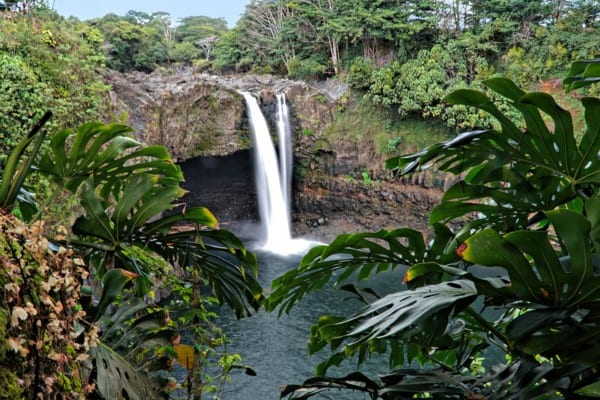
Hilo, located on the eastern coast of the Big Island, is the island’s largest city and serves as the county seat. Known for its vibrant arts scene, diverse shopping, and the popular Hilo Farmers Market, this area has a unique, laid-back charm.
A lower cost of living compared to other parts of Hawaii makes it attractive to families, retirees, and those seeking a quieter pace of life. Schools and shopping facilities are readily available, and the University of Hawaii at Hilo offers opportunities for higher education. The district is famous for its rainfalls, making the surrounding area lush and green, perfect for nature lovers.
Kona
On the western side of the island lies Kona, famous worldwide for its coffee. Kona’s sunny weather and beautiful beaches make it a favorite destination for both tourists and locals. The cost of living here is higher due to its popular resorts and high demand among tourists.
The area is known for its rich history, with sites like the Hulihe’e Palace and Puuhonua o Honaunau National Historical Park, as well as for hosting the annual Ironman World Championship triathlon.
Puna
Puna district, on the eastern coast, is renowned for its lava fields and lush forests, providing a stunning contrast of landscapes within its 500 square miles. The cost of living here is lower than the Hawaii average, appealing to those who prefer a more rural lifestyle. Despite its laid-back atmosphere, the main town of Pahoa offers a variety of shopping options and schools.
Hamakua
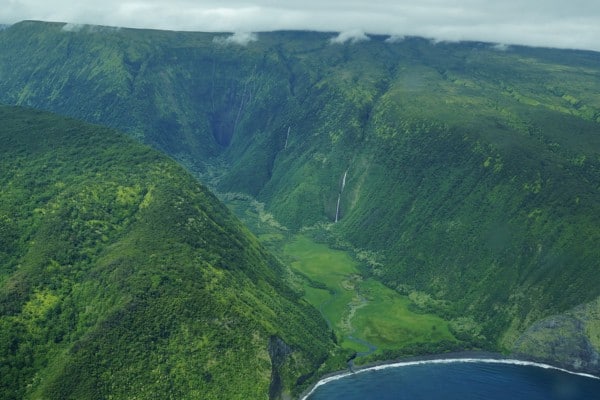
Hamakua district stretches along the northeastern coast of the Big Island. Known for its breathtaking Hamakua Coast, the area is home to the Waipio Valley and Akaka Falls. Hamakua is primarily rural, characterized by small towns, farmland, and forest reserves, making it an ideal location for those seeking solitude and closeness to nature.
Kohala
Kohala, the northernmost region of the Big Island, is divided into North and South Kohala. North Kohala is known for its rolling ranch lands and quaint towns, while South Kohala is home to the major resort area of Waikoloa. Both areas have a higher cost of living due to their unique attractions and desirable locations.
Ka’u
Ka’u district is the southernmost district of the Big Island, known for its rural charm, black sand beaches, and coffee farms. The cost of living here is lower compared to other parts of Hawaii, and the district’s vast expanse and sparse population make it a peaceful haven for residents.
Maui

Maui, known as the “Valley Isle,” is loved for its world-famous beaches, scenic drives, and charming small towns.
Lahaina
Once the royal capital of the Kingdom of Hawaii, Lahaina is a lively town on the western coast of Maui, boasting a rich history, vibrant arts scene, and bustling waterfront area. Spanning 9.3 square miles, Lahaina has around 11,400 residents who enjoy a variety of shopping options, schools, and recreational activities. The cost of living is higher here, due to its popularity with tourists and its beachfront location.
Kihei
Located on Maui’s South Shore, Kihei is known for its beautiful beaches and warm, dry weather. The area is home to numerous condos, and its cost of living is more moderate compared to other areas of Maui, making it popular with both residents and vacationers. Kihei also offers several shopping centers and a range of dining options.
Wailuku

Wailuku, the capital of Maui County, is located in Central Maui. This historic town offers a blend of contemporary and colonial architecture, with charming local businesses, eateries, and the renowned ‘Iao Valley State Park nearby. The cost of living here is relatively affordable, making it attractive for families.
Hana
Hana, situated on Maui’s eastern coast, is one of the most isolated communities in the state. Known for the famous Road to Hana, this area boasts black sand beaches, waterfalls, and hiking trails. The cost of living here is high due to its remote location, but those who call Hana home appreciate the area for its tranquility and natural beauty.
Oahu
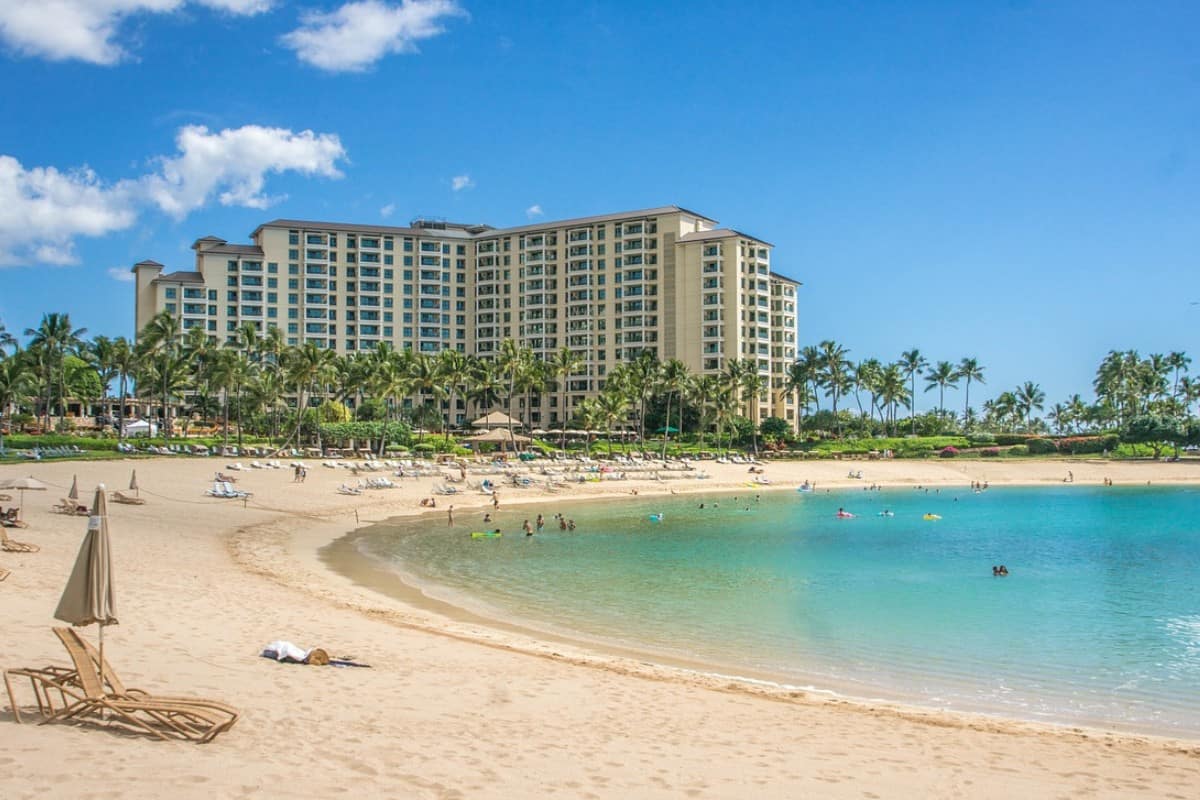
The Oahu, also known as “The Gathering Place,” is the third-largest of the Hawaiian Islands, but most populous. It’s a mix of natural beauty and city life.
Honolulu
Honolulu, the capital city of Hawaii, offers an urban lifestyle with many high-rises, shopping centers, and an array of dining options. Notable neighborhoods within Honolulu include the famous Waikiki, historic Downtown, and the residential areas of Manoa and Diamond Head. The cost of living is high here, especially in Waikiki and Diamond Head, due to the desirability and high demand of these areas.
Kailua
Kailua, on the Windward (eastern) coast of Oahu, is known for its strong sense of community, stunning beaches, and the picturesque Lanikai Pillboxes hike. The area is primarily residential, with shopping centers and schools, and a cost of living higher than the national average.
North Shore
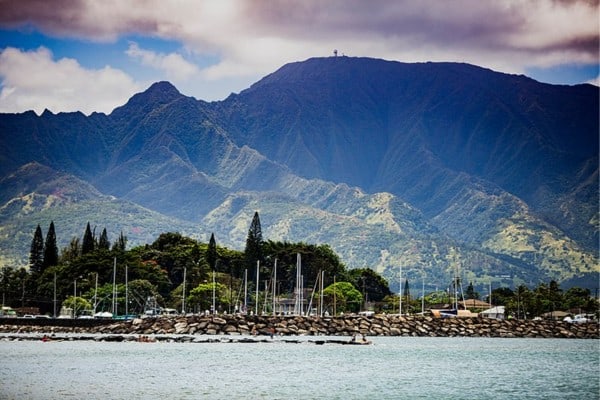
Oahu’s North Shore is world-renowned for its big wave surfing during the winter months. Towns such as Haleiwa offer a more country-like living atmosphere, with local businesses, food trucks, and boutiques. The cost of living here can vary, but the unique blend of laid-back lifestyle and world-class surf make it a desirable place to live.
Kapolei
Kapolei, often referred to as Oahu’s “Second City,” is a rapidly growing community in the southwestern part of the island. With numerous new developments, shopping centers, and schools, it’s becoming a popular area for families. The cost of living in Kapolei is slightly lower than in Honolulu, but it’s rising with the area’s popularity.
Kauai
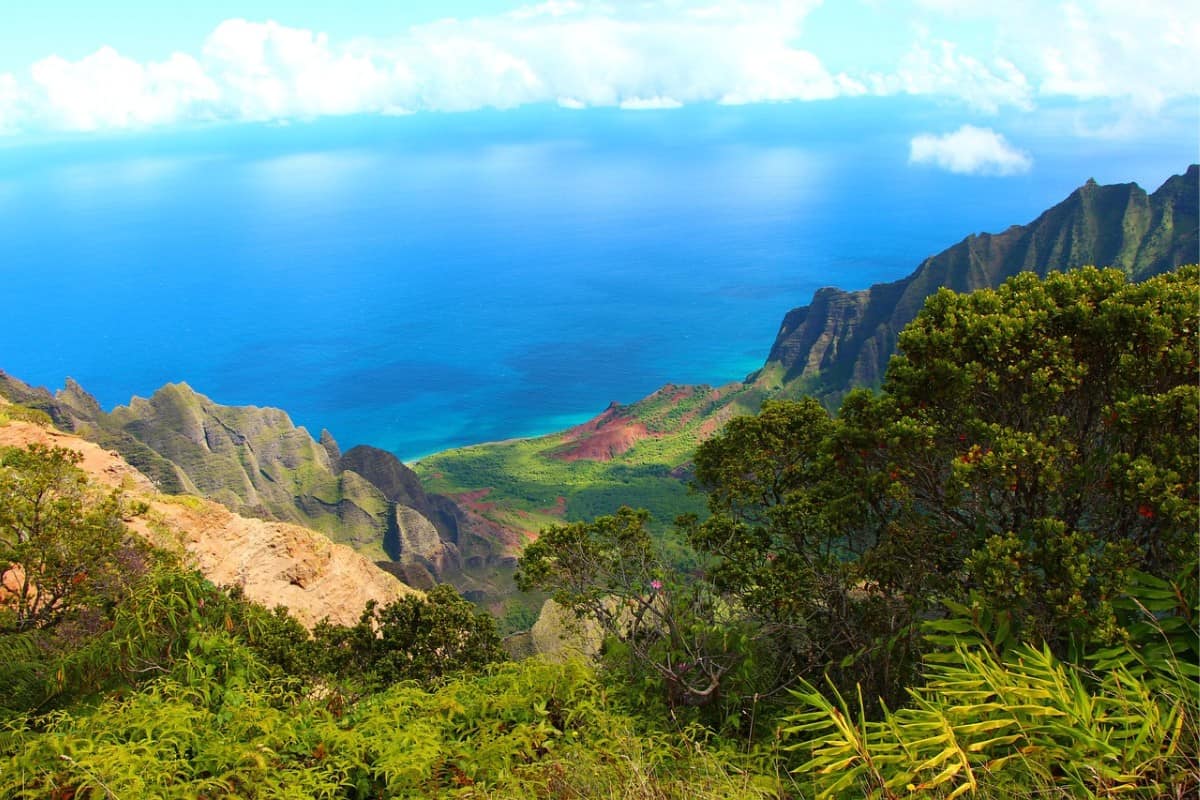
Known as the “Garden Isle,” Kauai is loved for its lush landscapes, tranquil beaches, and relaxed lifestyle.
Lihue
The Lihue, the capital of Kauai County, offers a variety of business and shopping centers and serves as the island’s transportation hub. Lihue has a more moderate cost of living compared to other parts of Hawaii, making it a popular choice for locals.
Hanalei
Located on the North Shore, Hanalei is a small town known for its stunning bay, historic pier, and charming town center. Despite its size, Hanalei has become a desirable area to live, leading to a higher cost of living.
Koloa
Koloa, on the South Shore, is known for the upscale resort area of Poipu, historic Old Koloa Town, and beautiful beaches. The cost of living here is high due to its popular resorts and beachfront properties.
Molokai
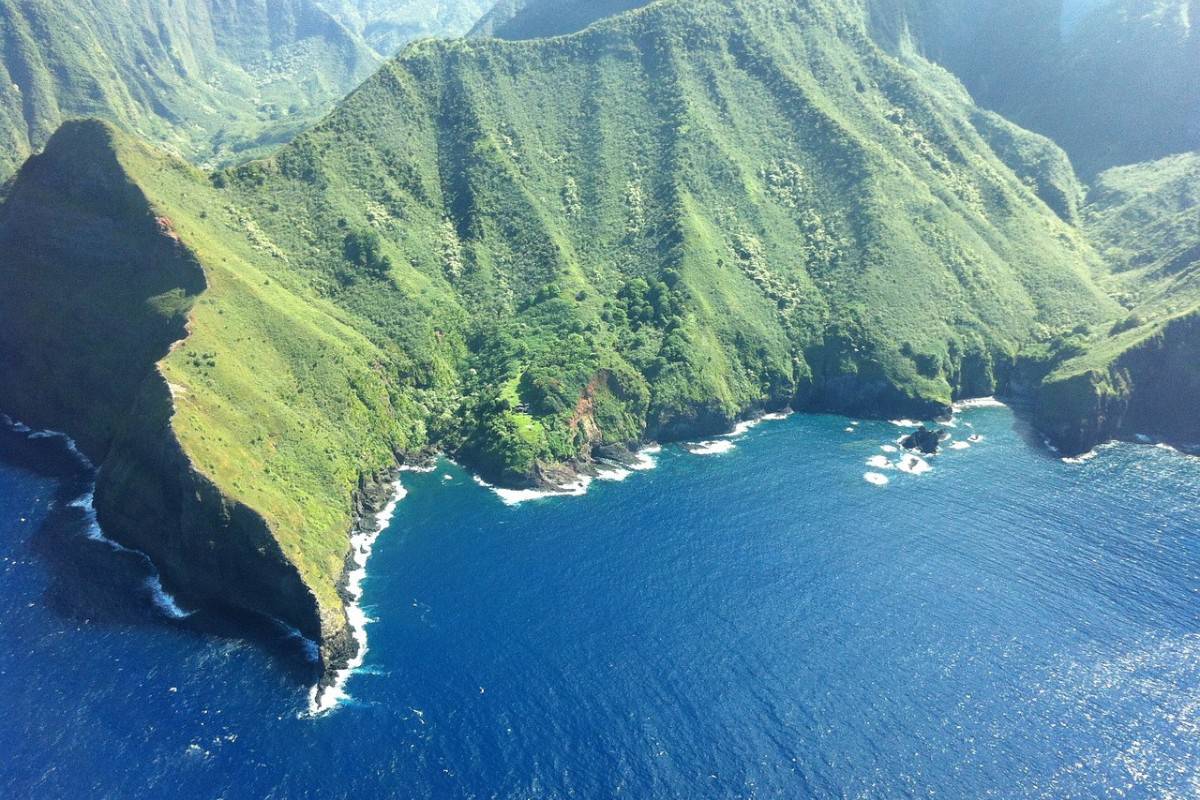
The Molokai, known as the “Friendly Isle,” remains one of the most untouched islands, providing a glimpse into old Hawaii.
Kaunakakai
Kaunakakai, the largest town on Molokai, serves as the island’s main harbor and commercial center. This small town offers a peaceful, rural lifestyle with a lower cost of living compared to other parts of Hawaii.
Maunaloa
Located in West Molokai, Maunaloa is a small town with a rural setting, offering peaceful living away from the hustle and bustle of the city. The cost of living here is lower compared to the Hawaii average.
Lanai

The Lanai, known as the “Pineapple Isle,” is the smallest publicly accessible inhabited island in Hawaii, providing a small-town atmosphere.
Lanai City
As the only town on Lanai, Lanai City offers a unique charm with its plantation-style homes and businesses. The cost of living here is relatively high, mainly because of the island’s remote location and limited resources.




